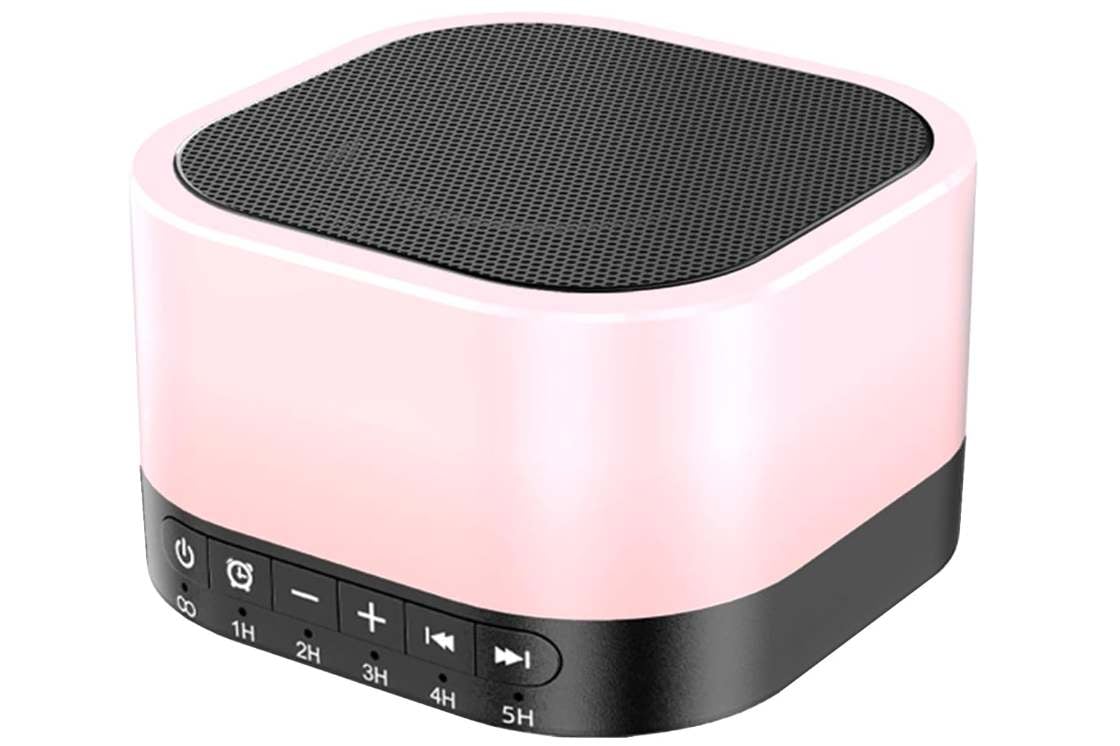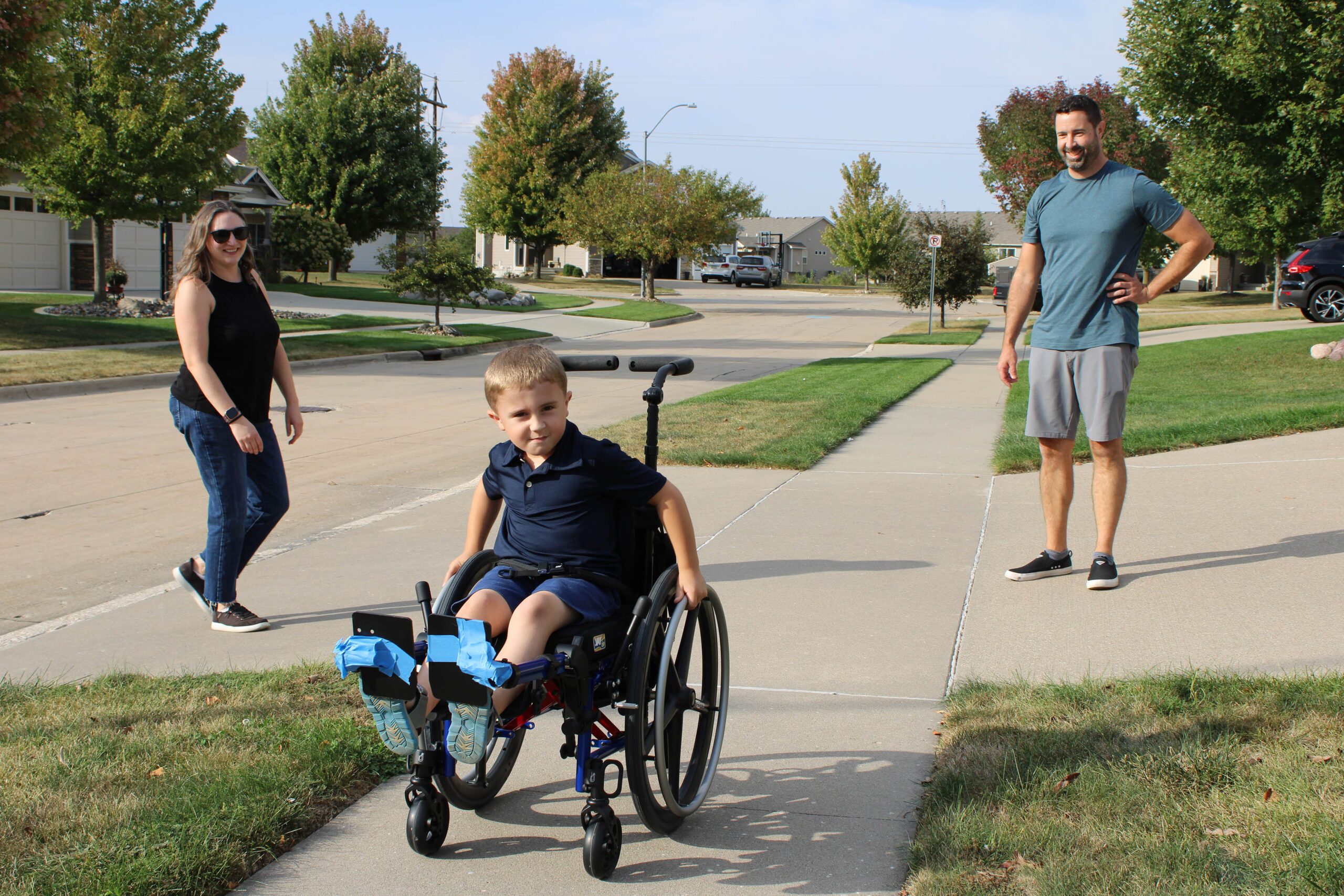Introduction
If you’ve been experiencing a sharp, radiating pain down your lower back, hips, or legs, you may be dealing with a pinched sciatic nerve. For many women, especially those who spend long hours sitting—whether at a desk, behind the wheel, or while gaming—this type of discomfort can quickly become a daily struggle.
The good news? You don’t have to rely solely on medication or invasive treatments. There are effective, natural ways to relieve a pinched sciatic nerve, including posture adjustments, gentle movement, and ergonomic solutions like memory foam seat cushions.
What Is a Pinched Sciatic Nerve?

Your sciatic nerve is the largest nerve in your body. It runs from your lower back through your hips and buttocks and down each leg. When this nerve is compressed—either by a herniated disc, bone spur, tight muscles, or poor posture—it results in what’s commonly referred to as a pinched sciatic nerve, or sciatica.
Common Symptoms of a Pinched Sciatic Nerve

If you're unsure whether you're experiencing sciatica, here are common signs:
-
Sharp or burning pain in the lower back or buttocks
-
Radiating pain down one leg (usually on one side)
-
Numbness or tingling in the leg or foot
-
Muscle weakness or difficulty moving the leg
-
Pain that worsens after sitting for long periods
What Causes a Pinched Sciatic Nerve?

Several lifestyle and physical factors can lead to this condition:
-
Prolonged sitting in poor posture (office work, long drives, gaming)
-
Herniated or bulging spinal discs
-
Tight piriformis muscles pressing on the nerve
-
Weight gain and reduced muscle tone due to menopause or inactivity
-
Improper lifting techniques
Natural Relief Strategies That Work
Here are proven, drug-free ways to relieve pain and pressure from a pinched sciatic nerve:
✅ 1. Use Ergonomic Seat Cushions and Lumbar Supports

When sitting for extended periods, poor posture compresses the spine and puts pressure on the sciatic nerve. Memory foam seat cushions and lumbar supports help improve alignment and reduce nerve irritation.
Why It Helps:
-
Distributes body weight evenly
-
Lifts tailbone off the seat to reduce direct nerve pressure
-
Maintains natural lumbar curve of the spine
Try This: BOD Support’s memory foam orthopedic seat cushion, ideal for women working long hours or traveling frequently.
✅ 2. Correct Your Sitting Posture

Avoid slumping, crossing your legs, or leaning to one side. Instead:
-
Sit with your feet flat on the floor
-
Keep knees level or slightly below hips
-
Use a cushion or pillow to support your lower back
-
Take posture check breaks every 30–45 minutes
✅ 3. Stretch Tight Muscles

Gentle stretching can relieve tension around the sciatic nerve.
Best Sciatica Stretches:
These movements open up tight muscles in the hips and lower back, helping release nerve pressure.
✅ 4. Apply Heat or Cold Therapy

Cold packs reduce inflammation during flare-ups, while heat relaxes tense muscles.
Pro Tip: Alternate between hot and cold packs for 15–20 minutes at a time.
✅ 5. Incorporate Low-Impact Movement

Staying active (without overexerting) helps improve circulation and reduce stiffness.
Great options:
-
Walking
-
Swimming
-
Stationary cycling
-
Gentle yoga
Avoid long periods of immobility, which can worsen nerve compression.
✅ 6. Anti-Inflammatory Nutrition

What you eat can play a role in reducing inflammation that aggravates the sciatic nerve.
Eat more of:
-
Leafy greens (spinach, kale)
-
Omega-3s (salmon, chia seeds)
-
Berries and turmeric
-
Nuts, seeds, and whole grains
Drink plenty of water to stay hydrated and support spinal disc health.
When to See a Professional
If your symptoms are severe, worsening, or include loss of bladder or bowel control, consult a doctor immediately. But for mild to moderate cases, the natural strategies above can offer powerful relief.
Conclusion: You Can Relieve a Pinched Sciatic Nerve Naturally
A pinched sciatic nerve can be disruptive—but with mindful sitting habits, daily stretches, and the right ergonomic support, you can manage and even prevent flare-ups. Investing in your comfort today can mean fewer pain days tomorrow.
Ready to feel the difference?
Explore BOD Support’s collection of memory foam cushions and lumbar supports designed for women who sit long hours but refuse to sit in pain.
Disclaimer: This story is auto-aggregated by a computer program and has not been created or edited by healthlydays.
Publisher: Source link










